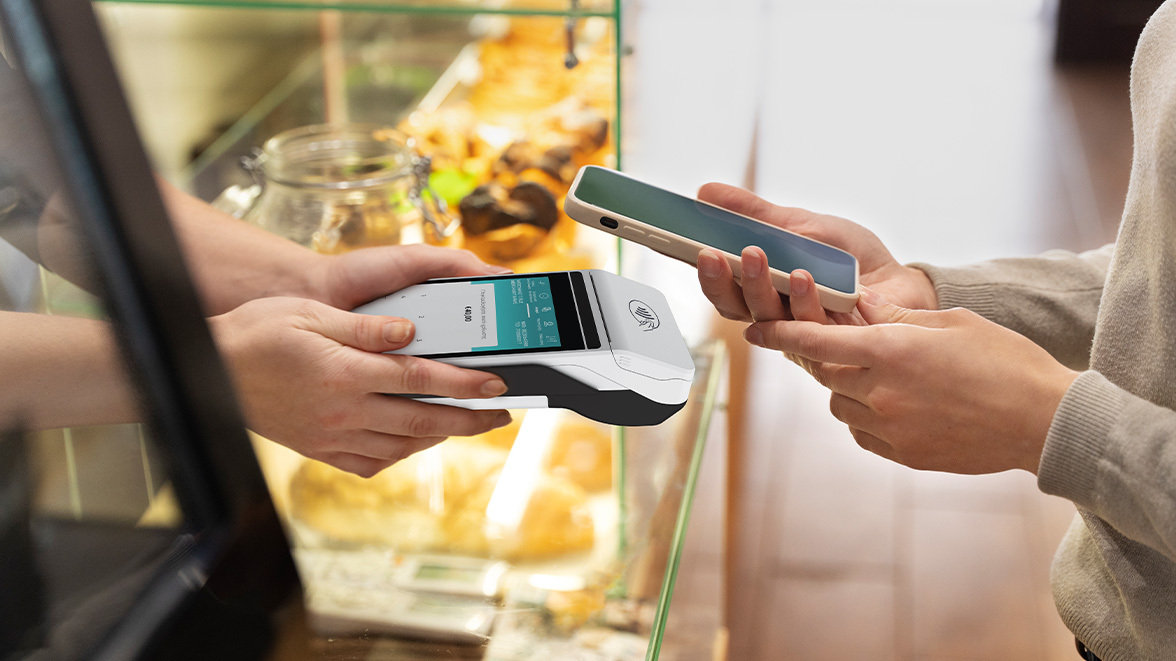Payment methods are continuously evolving and adapting to merchants’ and consumers’ needs. As innovation spurs in the payment landscape along with the rise of instant payments, we must answer a seemingly easy question, from multiple perspectives: what are Account-to-Account payments (A2A) payments?
Account-to-Account (A2A) payments represent a new approach to financial transactions where funds move directly between bank accounts without intermediaries like card networks. This payment method leverages open banking infrastructure to create seamless, secure, and cost-effective transfers that bypass traditional payment rails.
Account-to-Account (A2A) – the alternative for everyday transactions
One of the European Union’s objectives with the second directive on payment services is to open up the financial market to new players with innovative and competitive services. One of these services is Account-to-Account Payments (A2A), where money is directly transferred between banks without intermediaries. While account-based payments have been around for a while, such as scheduling regular bill payments (e.g., direct debit) or using domestic payment schemes like iDEAL in the Netherlands, PSD2 and instant payments have given A2A the opportunity to challenge card payments as a credible alternative for everyday transactions. It has the potential to become the mainstream payment method as it offers major advantages over traditional payment methods. Now, Payment Service Providers (PSPs) can add this payment method easily to their portfolio, enrich their offerings, and meet the growing demand for Open Banking-driven Account-to-Account (A2A) payments.
How Account-to-Account (A2A) payments work
The process is remarkably straightforward. When a customer selects the A2A payment option at checkout, they’re seamlessly redirected to their banking app where they can approve the transaction using their existing bank authentication methods. This mobile-native solution leverages Strong Customer Authentication (SCA) protocols, requiring customers to verify their identity through multiple factors such as biometrics or one-time passwords. Once approved, the payment is initiated immediately from their account, typically resulting in faster settlement times than traditional payment methods.

